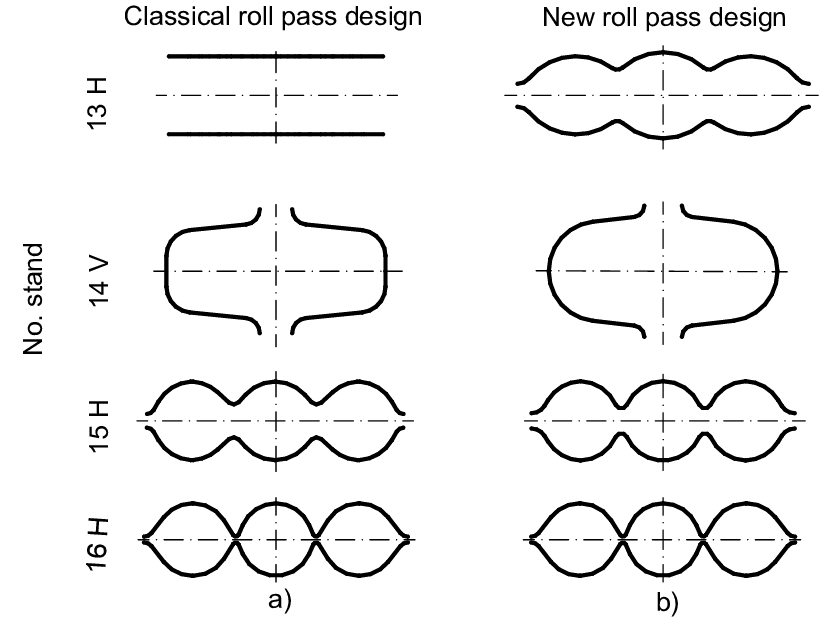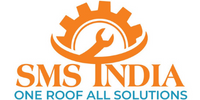Roll Pass Design
Roll pass is an innovative technique to ensure stability, flexibility and quality in your rolling mill. It involves the calculation of pressing forces and cutting grooves in the roll body through which steel that is rolled is made to pass sequentially and achieve the required contour, shape and size. With roll pass design service and consultant, you can determine the shape, dimensions, number, and type of arrangement of rolling mill passes. You will also be able to calculate power calculation through simulation (gear ratios, motor sizes, and rolling).

PROFESSIONALLY DESIGNED ROLL PASS DESIGN AT SMS GUARANTEES:
- Operational Consistency
- Self alignment of passes
- Proper filling of the passes to avoid overfilling/under-filling.
- Improved Finish Product Quality
- Improved Pass Life and Guide Life
- Balanced reduction in roughing mill, intermediate mill and finishing mill stands.
As an experienced roll pass design service and consultant, our team undertakes technical evaluation of a rolling mill, its roll pass design. They recommend solid means to enhance rolling practices, roll pass design and management. This is done with a view to enhance production, utilize mills and yield rolled products.
What else? At SMS, we also help you with the selection of mill for particular product mix, maximizing input size, development of new product in the existing mill, balancing of load in a roll mill, automating roll mill. With constant efforts, you’ll mitigate the process, eliminate all roll defects while increasing reduction in the cross section area per pass. This is possible because you will be assisted by experienced roll passes design service and consultant that considers geometrical, mechanical, thermal, thermomechanical and metallurgical behaviors of the entire rolling system.
WHAT DO WE LOOK FOR?
- Rolling “flexibility”
- Increase in overall life of rolls
- Process stability
- Reduced tolerances
- No surface defects
- Micro structure optimization
- Minimum consumption of energy
- Minimum internal stresses in finished product

